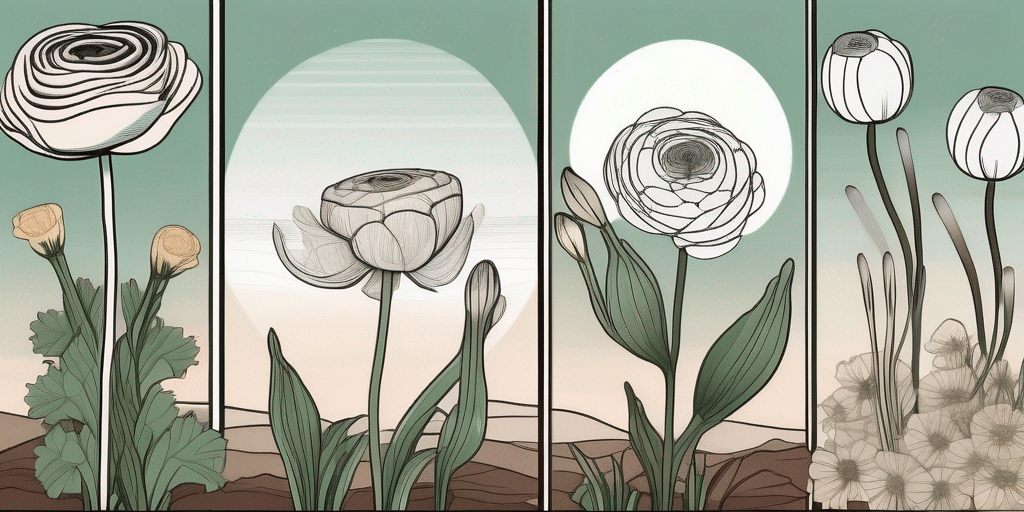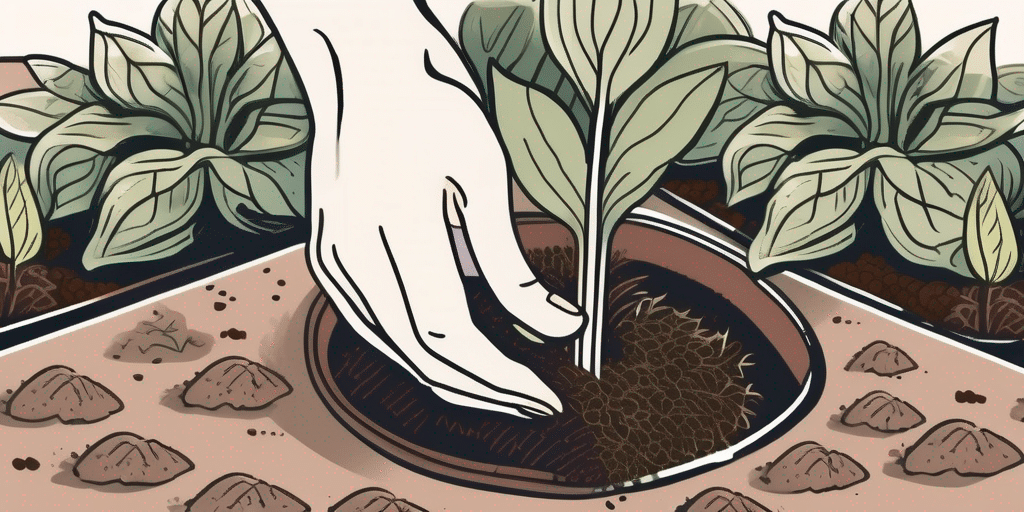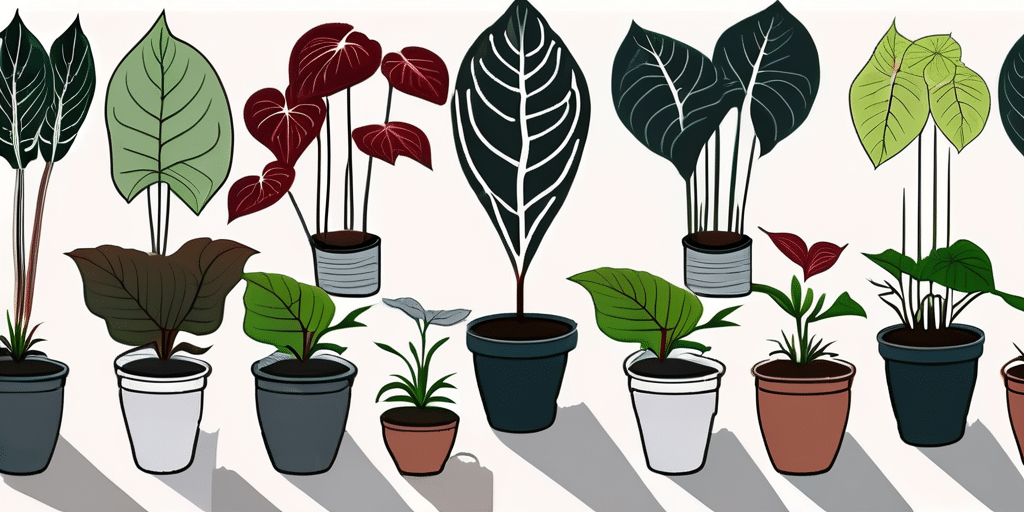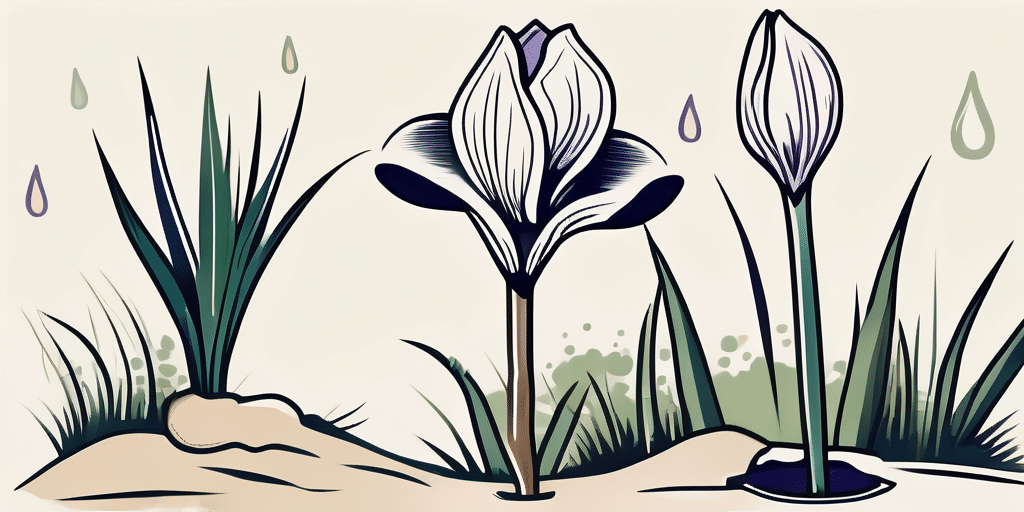Hostas are a popular choice for gardeners due to their lush foliage and adaptability. They are a hardy perennial plant that thrives in a variety of climates and soil conditions. In this guide, we’ll walk you through the process of planting hostas in your garden.
Understanding Hostas
Before we dive into the planting process, it’s important to understand a bit about hostas. They are native to northeast Asia and are known for their large, attractive leaves and shade tolerance. There are many different varieties of hostas, with foliage colors ranging from green to blue to variegated.
Hostas are generally low-maintenance plants, but they do have some specific needs. They prefer well-drained soil and partial to full shade. While they can tolerate some sun, too much can cause their leaves to burn. Hostas are also attractive to slugs and deer, so you may need to take measures to protect your plants.
Choosing the Right Variety
There are over 3,000 registered varieties of hostas, according to the American Hosta Society. They range in size from miniature varieties that are just a few inches tall to giant varieties that can reach up to 4 feet in height. The variety you choose will depend on your personal preference and the conditions in your garden.
Some popular varieties include ‘Blue Angel’, which has large, blue-green leaves, and ‘Golden Tiara’, which has small, heart-shaped leaves with a golden edge. For a more dramatic look, consider ‘Sum and Substance’, a giant hosta with chartreuse leaves.
Planting Hostas
Now that you have a basic understanding of hostas and have chosen your variety, it’s time to get planting. Here’s a step-by-step guide:
- Choose a location in your garden that gets partial to full shade. Hostas can tolerate some sun, but too much can cause their leaves to burn.
- Prepare the soil by removing any weeds or grass and loosening it with a garden fork or tiller. Hostas prefer well-drained soil, so if your soil is heavy clay, you may want to amend it with compost or other organic matter.
- Dig a hole that is twice as wide and just as deep as the root ball of your hosta.
- Place the hosta in the hole, making sure that the top of the root ball is level with the soil surface. Backfill the hole with soil, firming it gently around the base of the plant.
- Water the hosta thoroughly after planting. Hostas prefer evenly moist soil, but be careful not to overwater as this can lead to root rot.
- Apply a layer of mulch around the base of the plant to help conserve moisture and suppress weeds.
Remember, hostas are generally low-maintenance plants, but they do benefit from regular watering and feeding. A slow-release fertilizer applied in the spring can help promote healthy growth.
Caring for Hostas
Once your hostas are planted, they require minimal care to thrive. However, there are a few things you can do to ensure they stay healthy and look their best.
Watering and Feeding
Hostas prefer evenly moist soil, so regular watering is important, especially during dry periods. However, be careful not to overwater as this can lead to root rot. A slow-release fertilizer applied in the spring can help promote healthy growth.
According to the University of Minnesota Extension, hostas also benefit from a layer of compost or well-rotted manure applied in the spring. This can help improve soil fertility and moisture retention.
Dealing with Pests
Slugs and deer are the main pests that affect hostas. Slugs can be deterred by sprinkling diatomaceous earth around your plants or using a commercial slug bait. Deer can be more difficult to manage, but there are several deer repellents on the market that may be effective.
If you notice holes in your hosta leaves, it’s likely that slugs are the culprit. The University of California Statewide Integrated Pest Management Program recommends handpicking slugs during the early morning or evening and disposing of them in a bucket of soapy water.
Conclusion
With their lush foliage and shade tolerance, hostas are a great addition to any garden. By understanding their needs and providing the right care, you can enjoy these beautiful plants for many years to come. Happy gardening!
Join Our Gardening Community
Ready to transform your garden into a verdant paradise? Subscribe for free to How to Grow Everything and start building the garden of your dreams today! Receive tailored gardening advice and information that suits your specific location, grow zone, and experience level. Enjoy the best gardening tips, special offers, and heartfelt insights, all delivered straight to your inbox with no spam—just pure gardening joy. Join our family of green thumbs and let’s grow together!





